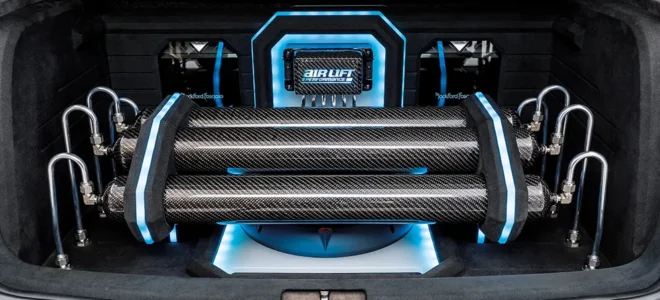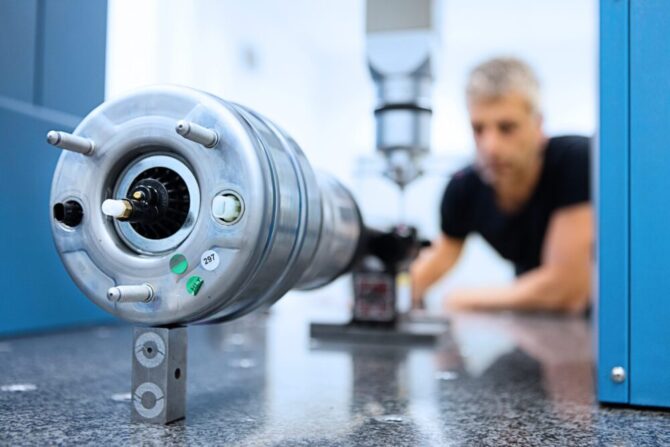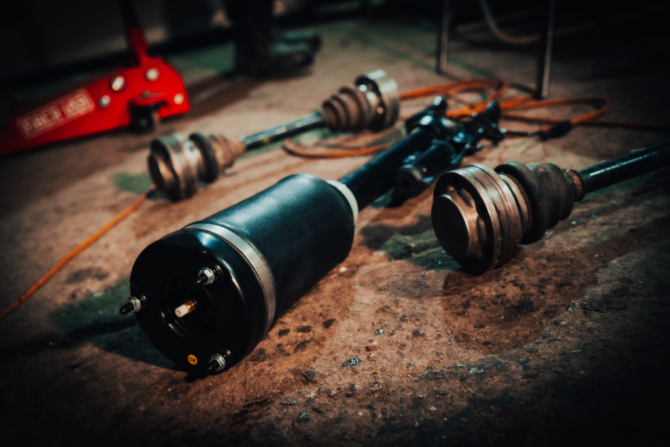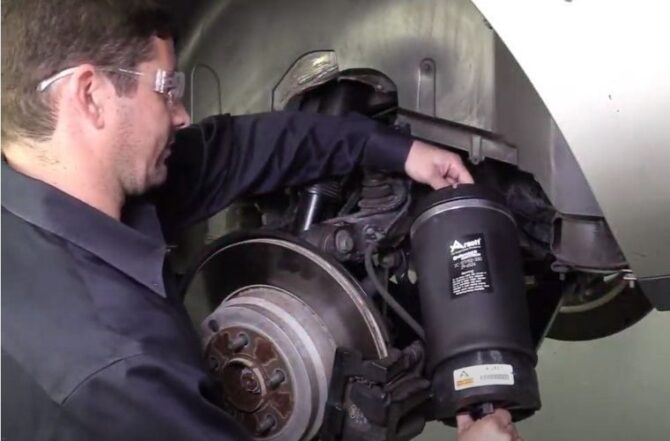
A comfortable car ride is not just a luxury; it’s a necessity. The journey, whether long or short, should be smooth and pleasant. Over time, the components that ensure this comfort, like the air springs, can wear out. When this happens, replacing them becomes imperative. Air spring replacement is a solution that can restore the comfort and safety of your vehicle.
Assessing the Need for Replacement

Source: workshop.bilstein.com
As vehicles age, their air springs can degrade, leading to a less smooth ride and potential safety concerns. Regularly checking and addressing these issues ensures the longevity and optimal performance of the vehicle.
Older vehicles require more frequent tune-ups and maintenance checks due to the natural wear and tear of components over time. Its a common issue, but take fot example how you would go about finding or conducting a 2003 town car air suspension replacement.
Gathering Necessary Tools and Supplies
Before embarking on the replacement journey, ensure you have the right tools. This includes a basic toolset, ratchet, new Airmatic suspension kit, protective face mask, pry bar, and a vehicle lift or hydraulic jack stands. It’s also essential to understand the types of air springs available and the importance of sourcing quality replacement parts.
Preparing Your Workspace
Choosing a suitable work area is crucial. It should be spacious and free from potential hazards. Safety should always be a priority. Ensure you have all the necessary equipment for safe car lifting. Remember, the goal is to elevate the car to a position that allows you to work comfortably underneath.
Step-by-Step Replacement Guide

Source: blog.maxpeedingrods.com
Jacking Up the Car
Start by positioning the car securely. Use appropriate jack stands to ensure stability.
Removing the Old Air Springs
Begin by deflating the air springs. This can be done by detaching components connected to the air springs, ensuring all air is released.
Installing the New Air Springs
Once the old springs are out, it’s time to install the new ones. Ensure they are attached correctly, with proper alignment and positioning.
Testing and Adjusting
After installation, you might need to reconnect the battery. Inflate the air springs to the recommended pressure and check for proper installation and function.
Tips for a Successful Replacement

Source: garagewire.co.uk
Always double-check connections and ensure you’re following the manufacturer’s guidelines. If you ever feel uncertain, don’t hesitate to seek assistance.
Pro Tip: The airbag suspension in your vehicle works round the clock, regardless of whether your car is in motion or not.
Maintaining Your New Air Springs
To ensure longevity, regular inspections are crucial. Clean and protect the air spring components and address any minor issues promptly.
Fun Fact: The air suspension system’s rubber components are expected to deteriorate over time, leading to leakages.
Conclusion
Replacing your car’s air springs is not just about restoring comfort; it’s about ensuring safety and enhancing the overall driving experience. With the right tools, knowledge, and a bit of patience, you can elevate your car’s ride quality.
Remember, every effort you put into maintaining your vehicle is an investment in its longevity and your safety. Safe driving!



